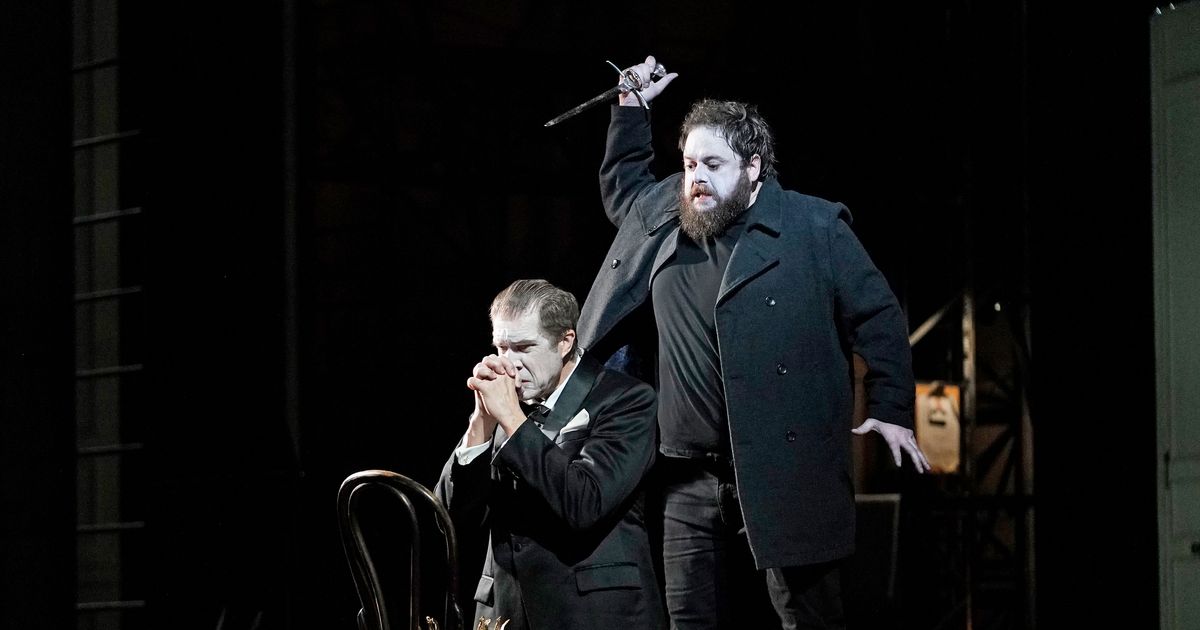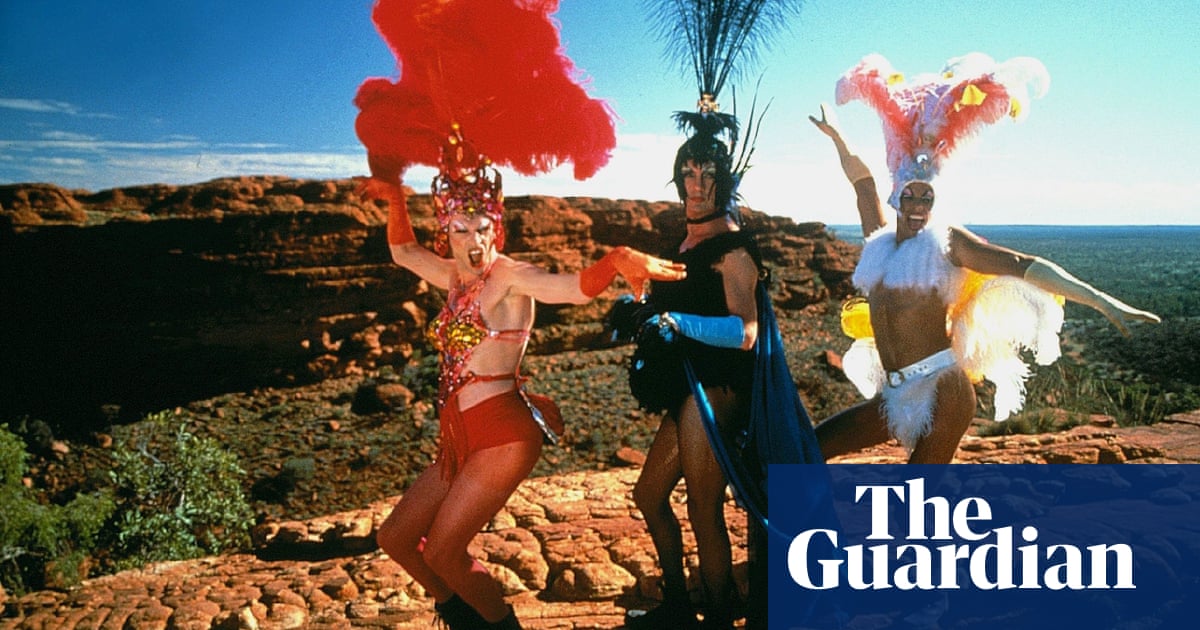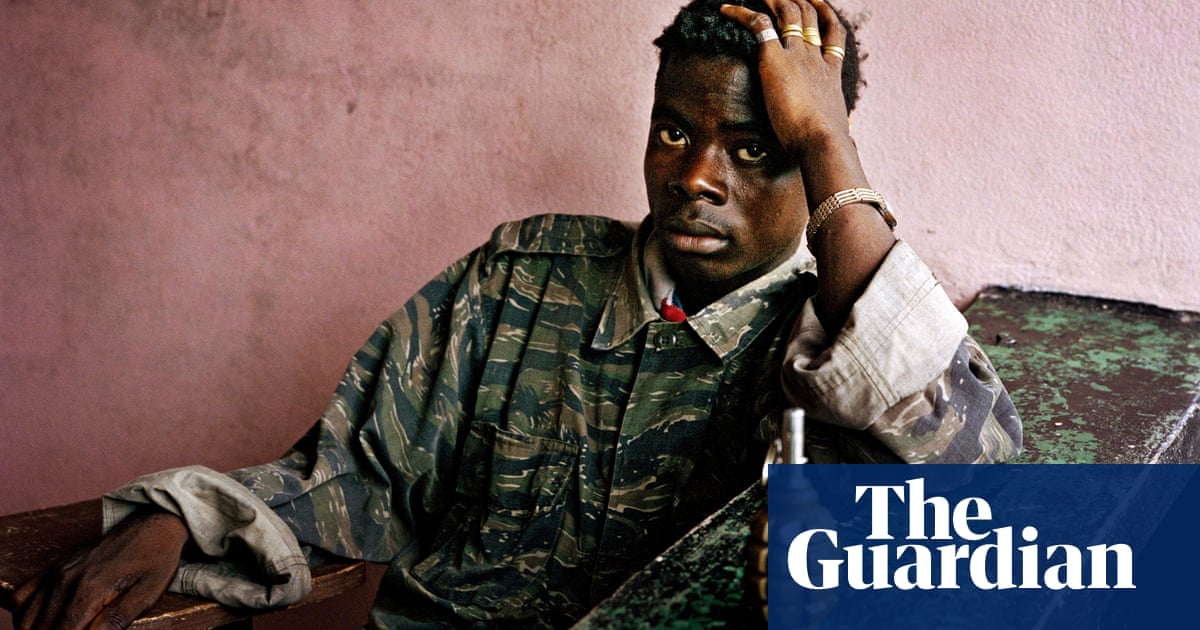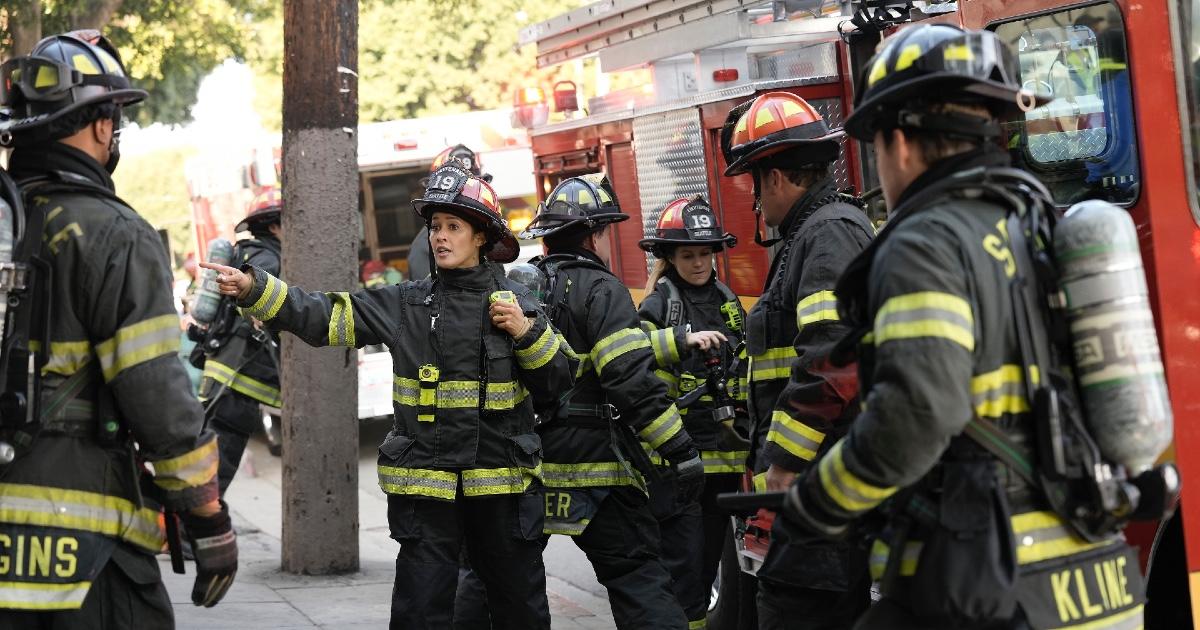
Brett Dean’s Hamlet Is Too Mad for Its Own Good
Architecture and classical-music critic Justin Davidson is a Pulitzer Prize winner and author of Magnetic City: A Walking Companion to New York.
Onstage at the Met, Brett Dean’s Hamlet. Photo: Karen Almond/Met Opera
From the first volcanic rumble oozing out of the walls in Brett Dean’s opera Hamlet, we know we are at the bottom of a very deep crevasse: the protagonist’s psyche. The score casts a strobing light on his interior world, a dark and rugged terrain full of underground bogs and jagged ridges. Percussion clatters and whispers from high ledges. Plumes of choral singing spring from unseen recesses. A contrabass clarinet growls in the pit. Mists of electronic sound drift through the house. And virtually ever present on the stage, stumbling through this projection of his haunted mind, is the Dane himself. Whether you’re happy to follow him on that trek may depend on your taste for darkness and how long you’re willing to dwell there.
Hamlet is the second new(ish) opera to hit the Met this season, and like Terence Blanchard’s Fire Shut Up in My Bones, it’s a tour de force of suicidal desperation. There are other resonances with the company’s current season, too: a flibbertigibbety mad scene (as in Lucia di Lammermoor), a mighty prince-versus-king confrontation (as in Don Carlos), an adult child raging at a father’s murder and a mother’s quick remarriage (Elektra). But in its musical exploration of a shattered spirit, Dean’s score belongs with an extravagantly theatrical mid-20th-century idiom that has never gotten much traction at the Met. Peter Maxwell Davies’s Eight Songs for a Mad King and Le Grand Macabre by Gyorgy Ligeti come to mind, both masterful illustrations of the berserk.
Dean’s music is often brilliant and never less than deft. In the duel, an extended ensemble scene in which rays of overlapping violence, hatred, and vindictiveness go zipping across the stage in all directions, he excavates clarity from chaos. So do director Neil Armfield, who expertly manages the interplay of swordplay and song, and conductor Nicholas Carter, who holds the sparking, roaring machine of a score together with impeccable finesse. And yet it’s puzzling to read the composer’s claim that he wanted his version of the character to dissolve gradually. “It was important for us to show what a vital, witty firecracker of a young man he is,” Dean says in the program notes, “because that’s what makes his eventual decline so heart-wrenching.” That’s not the arc that the opera follows or that the score actually depicts. There is no insouciant before, only an elaborately hellish present.
As Dean points out, Shakespeare seasons misery with humor, but that’s a tough trick to pull off in opera, where comedy is usually best kept broad. Subtle verbal plays can’t reliably muscle their way through a rowdy orchestra. Timing is necessarily inflexible, and a skeptical murmur or a raised eyebrow is no help at all. Here, the cemetery scene — in which bass-baritone John Relyea, having switched roles from ghost to gravedigger, stands in an open pit and pushes his voice to even more sepulchral depths— moves too slowly to be comic. Instead, Dean relies on Rosencrantz and Guildenstern for smiles, turning them into a chirping pair of countertenors and having a muted trumpet caw sarcastically at their facetiousness. Those amusing interludes do little to lighten the mood.
It doesn’t help that Shakespeare’s language gets shredded on its way to the opera stage. Librettist Matthew Jocelyn has discarded the vast majority of the text, as he had to, or the opera’s span would have been measured in days. Dean fitted the remaining lines to his gymnastic music so that, for long stretches, the ear grasps no more than two or three consecutive syllables as they flit by. The experience is less like watching a play you remember than like overhearing a conversation in a language you only dimly understand. That’s true for plenty of other operas — incomprehensibility of the text is just a part of the art form, and so is extreme redaction. That’s what supertitles are for. But here, things move so fast that I found my eyes darting back and forth between the seat-back screen and the stage as if in sympathy with the characters’ shifting moods. In this show, the audience stays alert or gets left behind.
Maybe the words ring more clearly in a less cavernous auditorium — Hamlet had its world premiere in 2017 in the more compact house at Glyndebourne — but the score and Armfield’s staging are conceived on an expansive scale. Hamlet’s mind is a crowded place: Shocks come by the thousand and troubles in a sea. And when the final bloodletting is consummated, Horatio knows it will take not one but several flights of angels to bring even a dead man peace. Dean commands the physical resources to literalize those imagined throngs. His orchestra spills out of the pit and produces sounds that go banging against the immense vault of the Met. You get the feeling that if he had composed the piece for a football stadium rather than an opera house, he would add even more sonic artillery.
Hamlet is a play about doubt — not just the title character’s dithering but the difficulty of distinguishing fact from fantasy, madness from eccentricity, traitor from friend. Death, too, may be not quite absolute, that undiscovered country from which a ghost might sneak back across the line. But Dean has created a work that imposes, and demands, precision and control. We may be unsure where a sound is coming from or what produced it, but the effect is to channel the drama’s psychic flow second by second. The vocal writing is minutely expressive. The characters whisper, whine, holler, simper, and bluster, all in written-out leaps and jags. We peer at this panorama through Hamlet’s jaundiced lens, but it’s Ophelia who leads the way to psychosis, hooting and snarling through her mad scene in Brenda Rae’s fierce but calculated interpretation. The production is faithful to that sense of strategic insanity: Ralph Myers’s sets consist of a troupe of reversible panels that zoom around the stage in tightly timed choreography.
There’s a price to pay for all this dazzlement. Effective as each moment often is, I found the score’s antic disposition wearing. Its constant, high-octane insistence on overwhelming the audience delivers diminishing returns, and tragedy flirts with tedium. Hamlet’s grievances, and his self-indulgent airing of them, begin to feed on themselves. The framing offers little relief. Tenor Allan Clayton has an especially long night in the title role, and he doles out emotions, letting his voice subside to a sweet croon in his “To Be or Not to Be” aria and, when his blood is up, pushing it to the edge of raggedness. But over the course of three blistering hours, we come to know this Hamlet not as a mercurial figure of nimble mind and profound poetry but as one more unhinged, resentful shouter of the kind who have hijacked public life.
Hamlet is at the Metropolitan Opera through June 9.
The Critics Newsletter
Sign up to get New York’s week in reviews.This site is protected by reCAPTCHA and the Google Privacy Policy and Terms of Service apply. Vox Media, LLC Terms and Privacy Notice
<
p aria-hidden=”true”>By submitting your email, you agree to our Terms and Privacy Notice and to receive email correspondence from us.


















































